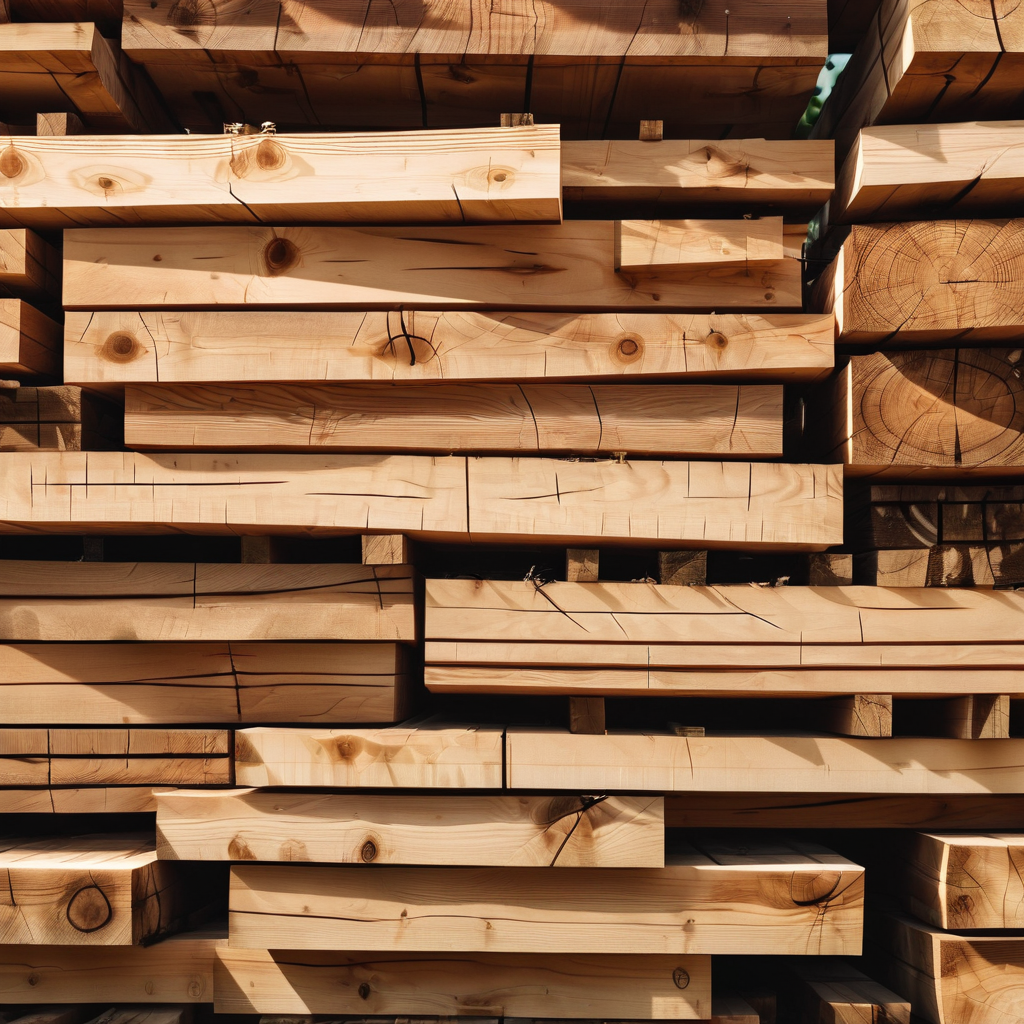
In the realm of construction and architecture, the materials chosen for any project are not just the building blocks but the very essence of durability, sustainability, and beauty. The decision to opt for quality building materials transcends mere aesthetics, embodying the structure’s resilience, longevity, and overall impact on its occupants and the environment. As our buildings stand against time and nature, the importance of selecting superior materials has never been more pronounced.
Durability and Longevity: First and foremost, quality materials contribute to the strength and durability of a building. Structures built with high-grade materials can withstand adverse weather conditions, wear and tear, and the test of time, reducing the need for frequent repairs and renovations. This longevity is not only cost-effective in the long run but also a testament to the structure’s resilience.
Safety and Health: The safety of a building’s occupants is paramount, and quality materials play a crucial role in ensuring it. High-quality materials are often subjected to rigorous testing standards, ensuring they are fire-resistant, non-toxic, and do not emit harmful substances. This aspect is especially crucial in residential buildings, where the health of the occupants can be directly influenced by the materials used.
Sustainability and Environmental Impact: The global push towards sustainability has highlighted the importance of eco-friendly building materials. Quality materials often come with the advantage of being environmentally friendly, either through their manufacturing process, their ability to be recycled, or their efficiency in energy consumption. By choosing such materials, builders contribute to a more sustainable and eco-conscious construction industry.
Economic Benefits: While quality building materials may come with a higher upfront cost, the long-term savings they offer are substantial. These materials typically require less maintenance, have a longer lifespan, and can significantly increase a property’s value. Furthermore, they can lead to lower energy costs due to better insulation properties, contributing to the economic efficiency of the building.
Aesthetic Appeal: Beyond functionality and durability, the aesthetic appeal of a building plays a significant role in its value and the well-being of its occupants. Quality materials offer a broader range of design possibilities, superior finishes, and an overall better look that can stand the test of time. This appeal is crucial not only for residential buildings but also for commercial structures where the first impression matters.
The choice of building materials is a fundamental decision that influences the outcome of any construction project. It affects the project’s durability, safety, sustainability, economic viability, and aesthetic appeal. As the construction industry evolves, the importance of selecting quality materials becomes increasingly clear, underscoring the need for builders, architects, and developers to prioritize excellence in their material choices. Through careful selection, we can ensure that our structures not only stand tall but also contribute positively to our environment and society.
Cedar Hill St. Louis Jefferson County Olivette Kirkwood Ballwin Arnold Franklin County St Charles County Fenton High Ridge Dittmer Creve Coeur
